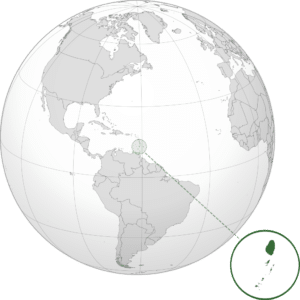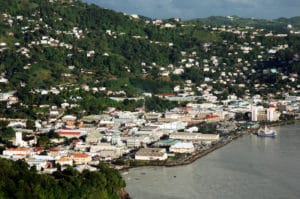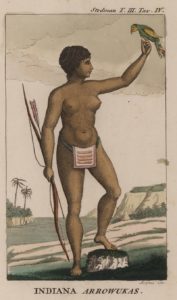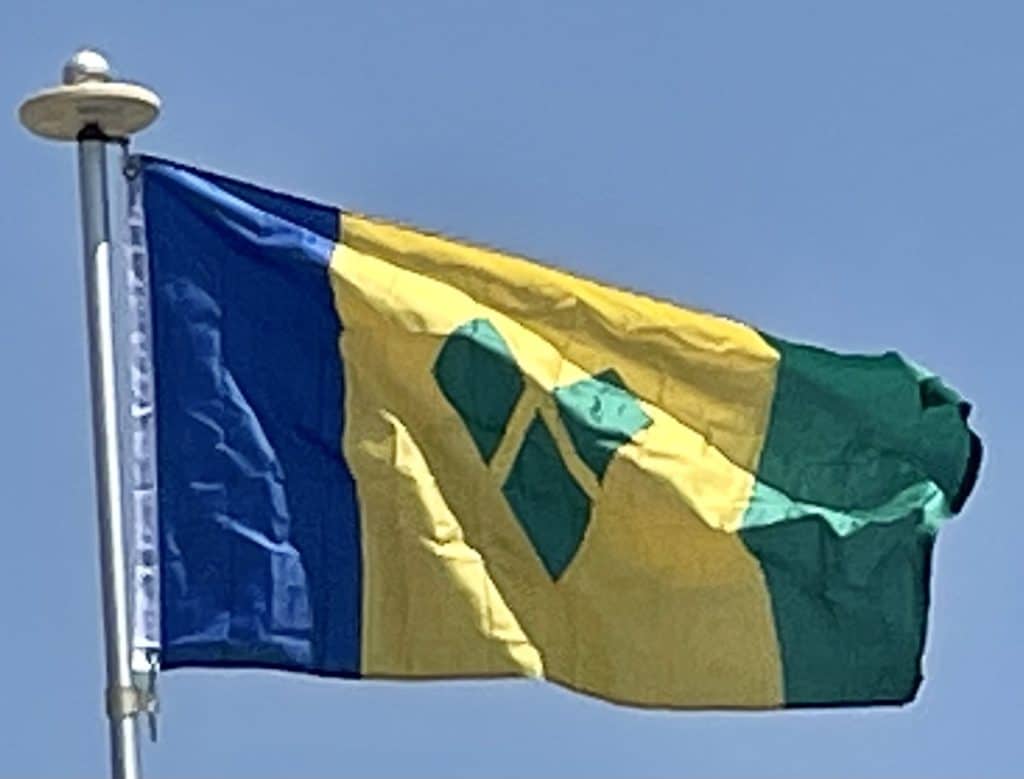Introduction:
Saint Vincent and the Grenadines, often simply referred to as Saint Vincent, is an island country in the Caribbean. It is located in the southeast Windward Islands of the Lesser Antilles, which lie in the West Indies at the southern end of the eastern border of the Caribbean Sea where the latter meets the Atlantic Ocean.

Its 369 km2 (142 sq mi) territory consists of the main island of Saint Vincent and the northern two-thirds of the Grenadines, a chain of 32 smaller islands. Some of the Grenadines are inhabited — Bequia, Mustique, Union Island, Canouan, Petit Saint Vincent, Palm Island, Mayreau, Young Island — while others are not: Tobago Cays, Baliceaux, Battowia, Quatre, Petite Mustique, Savan and Petit Nevis. Most of Saint Vincent and the Grenadines lies within the Hurricane Alley.
To the north of Saint Vincent lies Saint Lucia, to the east is Barbados, and Grenada lies to the south. Saint Vincent and the Grenadines has a population density of over 300 inhabitants/km2, with approximately 110,211 total inhabitants.
Kingstown is the capital and main port. Saint Vincent has a British colonial history, and is now part of the Organisation of Eastern Caribbean States, CARICOM, the Commonwealth of Nations, the Bolivarian Alliance for the Americas and the Community of Latin American and Caribbean States (CELAC).

In April 2021, the La Soufrière volcano erupted several times with “explosive events” continuing. By 12 April, 16,000 residents had evacuated the areas of their homes. Assistance and emergency financial support was being provided by several nearby islands, the United Kingdom and agencies such as the United Nations. The first significant offer of long-term funding, of US$20 million, was announced on 13 April 2021 by the World Bank.
History:
Pre-Colonial Period:
Before the arrival of Europeans and Africans in the 16th century, various Amerindian groups passed through or settled on St. Vincent and the Grenadines, including the Ciboney, Arawak, and Carib people.

The island now known as Saint Vincent was originally named Youloumain by the native Island Caribs who called themselves Kalina/Carina (“l” and “r” being pronounced the same in their language).
European Arrival and Early Colonial Period:
It is thought that Christopher Columbus sighted the island in 1498, giving it the name St Vincent. The indigenous Garifuna people, who became known as the “Black Caribs”, aggressively prevented European settlement on Saint Vincent.

Various attempts by the English and Dutch to claim the island proved unsuccessful, and it was the French who were first able to colonize the island, settling in the town of Barrouallie on the leeward side of St Vincent in 1719. The French brought with them enslaved African prisoners of war to work the plantations of sugar, coffee, indigo, tobacco, cotton and cocoa.
The British captured the island and drove out the French from Barrouallie during the Seven Years’ War, a claim confirmed by the Treaty of Paris (1763). On taking control of the island in 1763, the British laid the foundations of Fort Charlotte and also brought with them enslaved African prisoners of war to work on the island plantations. The Black Caribs however, opposed to the British presence, entered into open conflict against the British, starting the First Carib War, which lasted from 1772 to 1773.
